In 1921, the French government requested the production of a large-capacity pistol. John Moses Browning started the design of the first model—opting for a locked breech, short-recoil operating system—then passed away before the project was finished. His FN protégé, Deiudonné Saive, completed the design that eventually became the iconic GP 35 Pistol (Grande Puissance translates to “High Power”).
What makes the FN High Power so iconic? Is it the rounded hammer; the keyhole muzzle profile; the long-arm slide release or the world-changing, double-column, single-feed, 13-round magazine? Or all of the above? In short, the High Power performs as well as it looks.
Since its initial design, the FN High Power has been adopted by more than 50 NATO nations with more than one million produced.
In 1889, Fabrique Nationale d’Armes de Guerre was formed to produce 150,000 Mauser rifles for the Belgian government from our state-of-the-art production facility in Herstal, Belgium. The first rifles were assembled on New Year’s Eve 1891.
FN soon expanded into ammunition, delivering millions of rounds globally. In 1896, the company restructured to diversify into areas that filled any gaps in the “slow” years. One particularly successful endeavor was manufacturing bicycles, which led to the most important partnership in the history of our company.
In 1897, FN sales manager Hart O. Berg traveled to America to learn about bicycle technology developments. While in Hartford, Connecticut, he ran into a past coworker, one John Moses Browning, who was still working with Colt, and wanted help manufacturing a new self-loading pistol.
Seeing the potential FN became partners with Browning in firearm manufacturing that very same year, on July 17, 1897—a partnership that would last 30 years. FN helped Browning create the world’s first commercially successful self-loading pistol: the .32 ACP Model 1899. The firearm was known simply as le Pistolet Browning or the Browning Pistol, and it could be said that this pistol saved the FN company financially.
Soon after, the Belgian military chose the compact model of the .32 ACP Model 1899 as its standard pistol. They requested modifications, such as increased frame size, grip plates and a lanyard loop, which were implemented into the venerable Model 1900, of which FN produced more than 700,000 (mostly to civilians).
In 1903, FN manufactured the Browning-designed Auto-5, the world’s first mass-produced semi-automatic shotgun, and the Model 1903 pistol. At this time, John Moses Browning made frequent visits to the FN Herstal facility—26 round trips in total, all by boat—to oversee production and work with the FN design team.
THE PASSING OF A LEGEND
On November 26, 1926, while at his FN Herstal workbench designing what would eventually become the High Power semi-automatic pistol, John Moses Browning had a heart attack and passed away. His body was laid in the FN boardroom, and the plant was immediately stopped so employees could pay their respects to Le Maître (French for “The Master”)—the man who changed not only FN but the firearm industry.
John Moses Browning died doing what he loved. He was the mind, and we were the body, and FN is forever grateful for his partnership.
In 1927, FN started producing the legendary Browning Automatic Rifle (BAR), which helped transform the firing power of the U.S. military in World War II. We also started production on the “Baby” Browning in 1932, a .25 ACP pocket pistol for personal protection developed by our renowned chief designer, Dieudonné Saive (pronounced Dee-u-don-aye Save), who was John Moses Browning’s protégé.
In 1934, Dieudonné Saive completed the design of the High Power, which John Moses Browning had started, and FN began production. Why call it the “High Power?” Because its 13-round capacity was almost twice that of other comparable designs and came with the industry’s first double-stack magazine.
WORLD WAR II
The German occupation of Belgium began on May 28, 1940. The night before, the design plans for the FN High Power were smuggled out of the Herstal plant and eventually taken to Canada. There, FN continued to build firearms for the Allies by partnering with John Inglis and Company. During World War II, both FN factories were forced to build firearms under occupation; however, numerous firearms were subtly missing parts or damaged.
POST-WAR & COLD WAR
FN came back online after the war; and soon after, in 1947, FN chief designer Dieudonné Saive created the first prototype of the FN FAL or Fusil Automatique Léger (Light Automatic Rifle). The Canadian Army would be the first to adopt it in 1954, followed by 100 other countries.
AME
RICAN-MADE CRAFTSMANSHIP
To help support growing U.S. military contracts, as well as connect with the consumer market, FN opened its second manufacturing plant in Columbia, South Carolina, in 1981. The plant’s main purpose was to produce the FN MAG® (M240) for the U.S. Army.
IN 1988, the U.S. Army adopted the FN MINIMI, designated as the M249 Squad Automatic Weapon (SAW). Production began at the FN Columbia plant in 1991.
THE 5.7 PLATFORM
In 1990, NATO came with a request to the firearms industry: create a replacement cartridge for the 9mm Luger for personal defense weapons and pistols. NATO required great range and accuracy as well as better terminal ballistics.
To solve the problem, FN followed its proven path to success: design the ammunition and the firearm simultaneously. Thus, we created the proprietary 5.7x28mm cartridge from the ground up. We also created two entirely new firearms for this cartridge: the FN P90® in 1990 and its companion sidearm, the FN Five-seveN® in 2004.
Since its introduction, the 5.7x28mm system has been adopted by 50+ NATO nations. In fact, 5.7x28mm is now standardized by SAAMI and all firearms chambered in 5.7x28mm will be marked 5.7×28 FN. The 5.7xmm NATO was actually FN’s third NATO-standardized caliber, following the 7.62 NATO (MAG-58) and 5.56 NATO (FN CAL).
More of this story please find at FN page here: https://fnamerica.com/about-fn/
Read the full article here

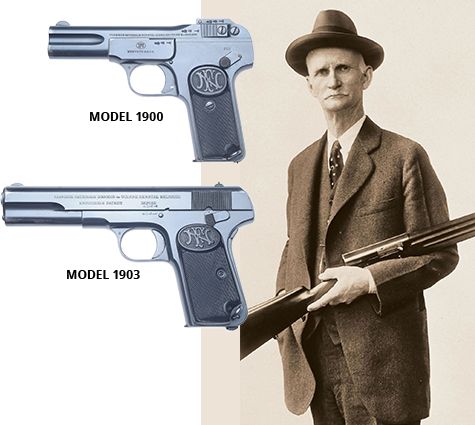
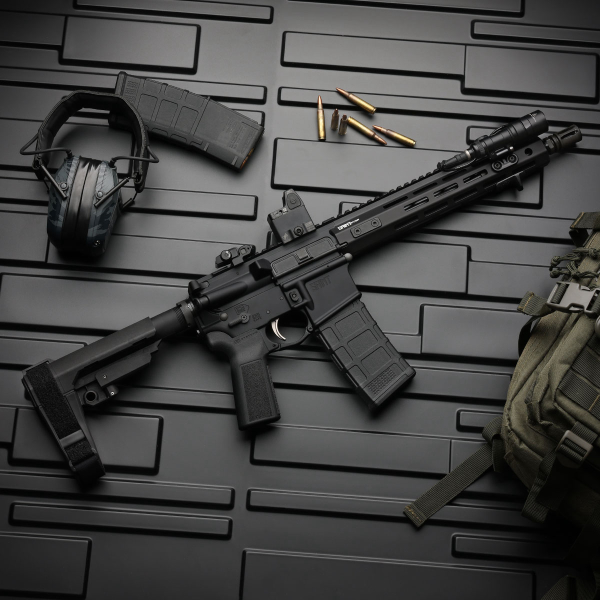

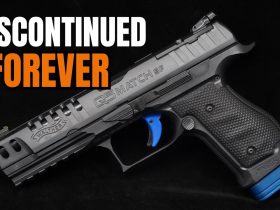
![5 Guns You Should NEVER Sell in 2025 [You’ll Regret It Later] 5 Guns You Should NEVER Sell in 2025 [You’ll Regret It Later]](https://tacticalgeartech.com/wp-content/uploads/2025/04/1744987303_maxresdefault-280x210.jpg)
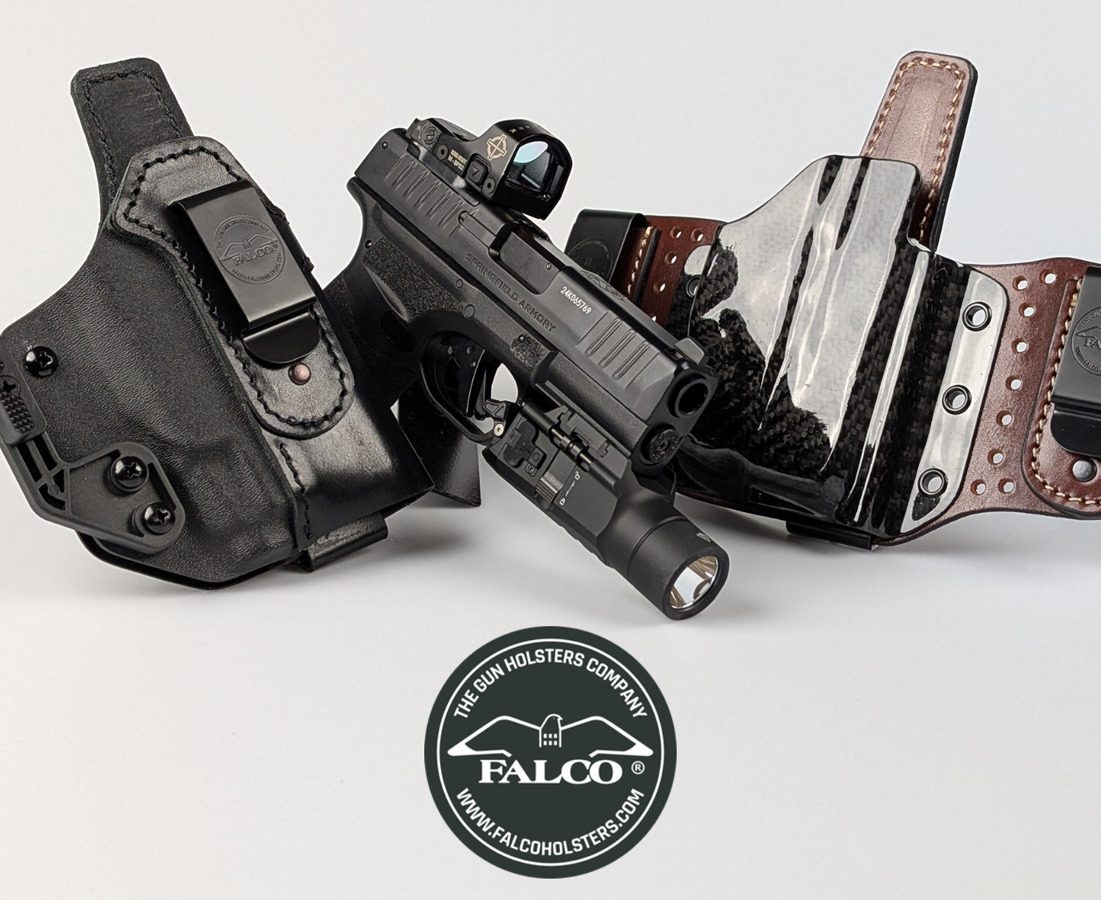
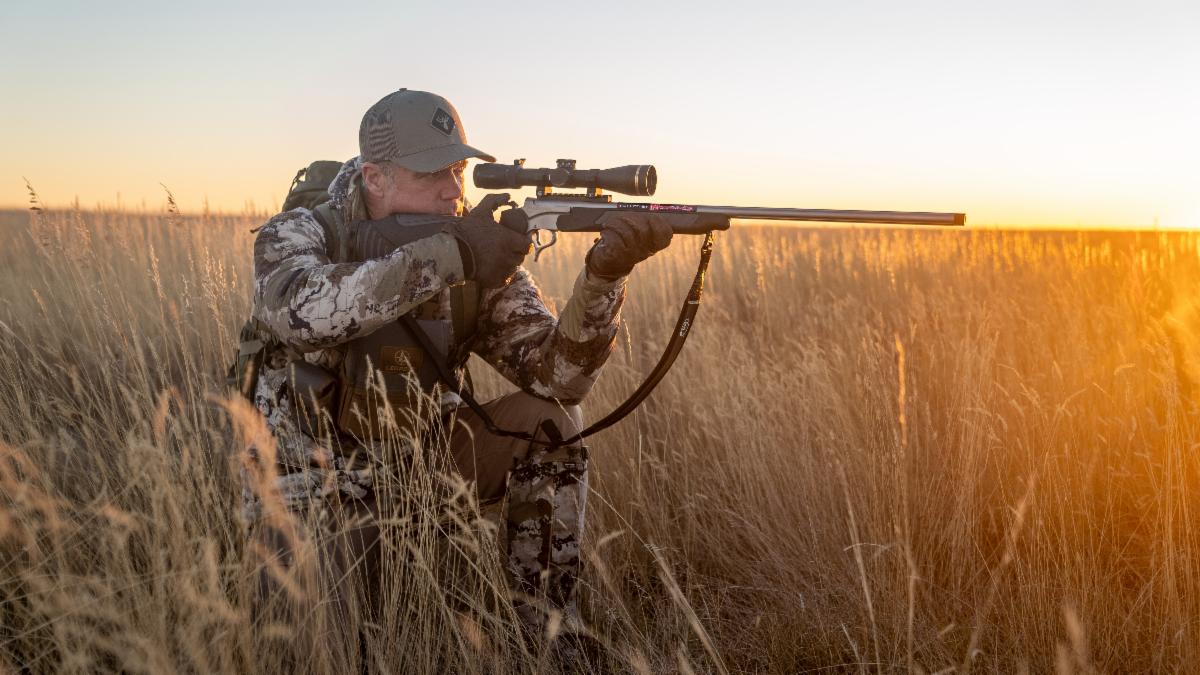
Leave a Reply